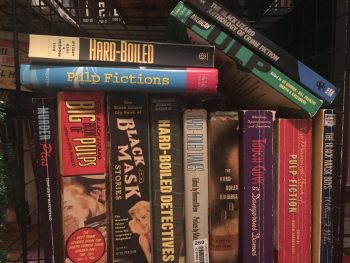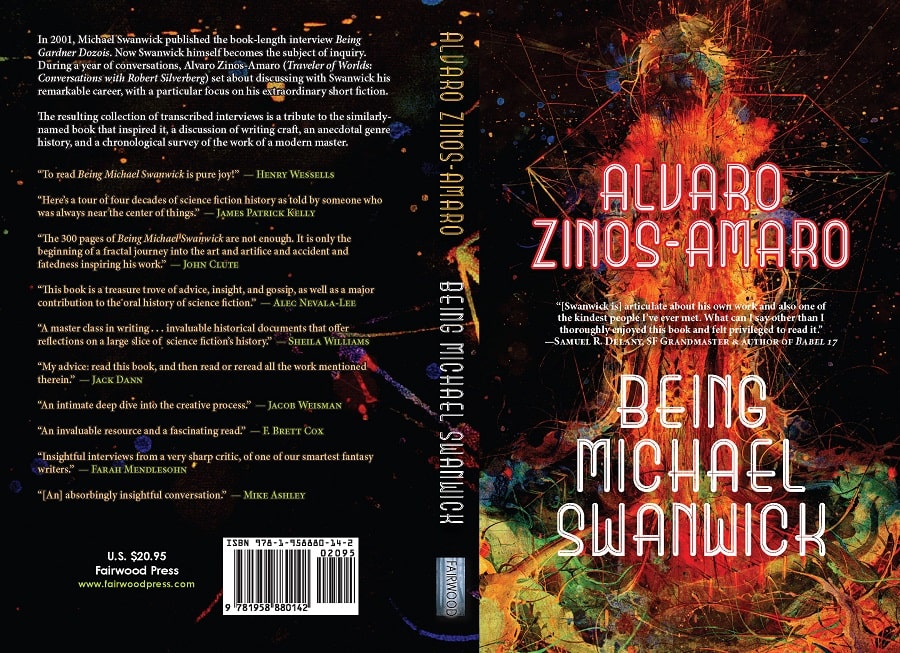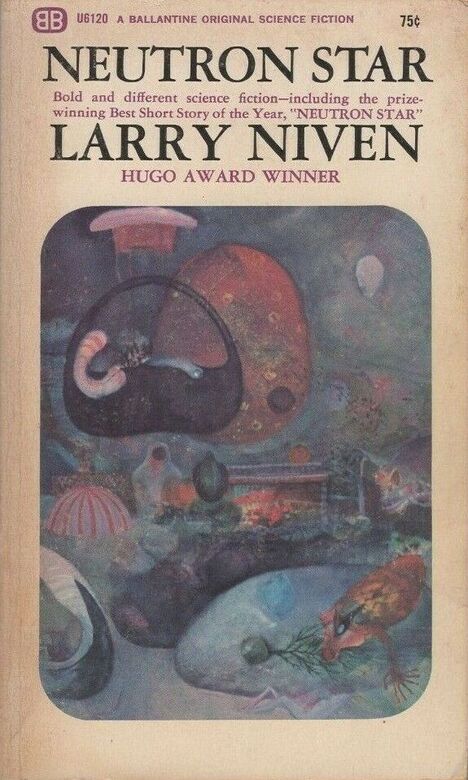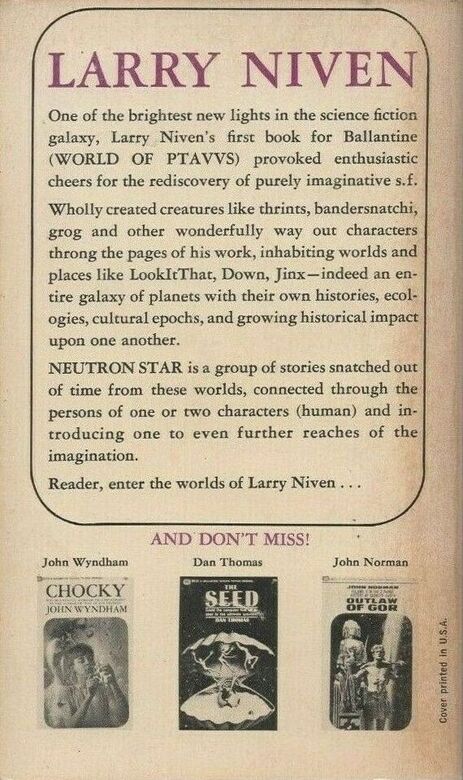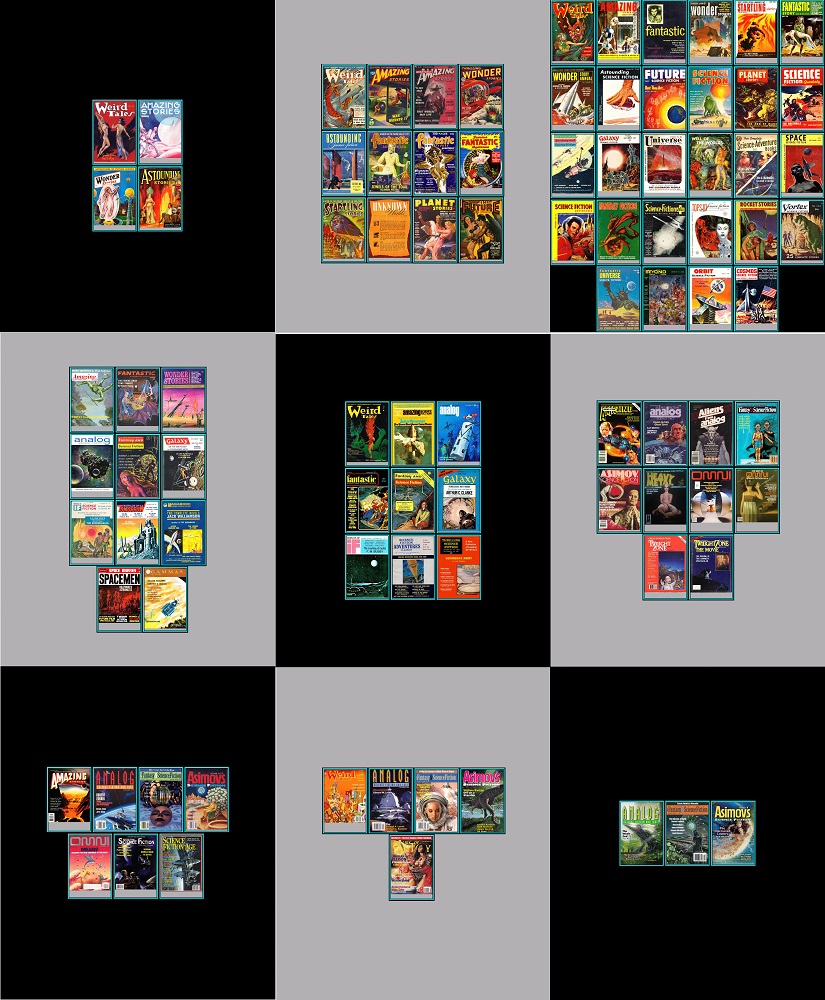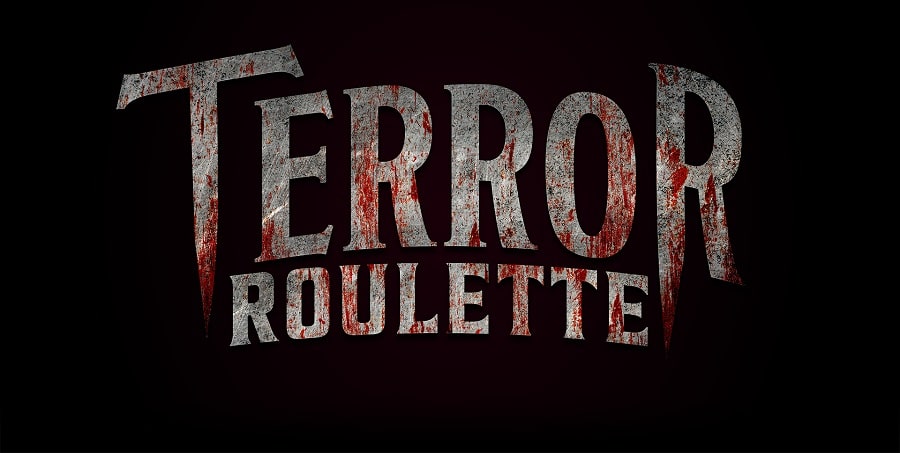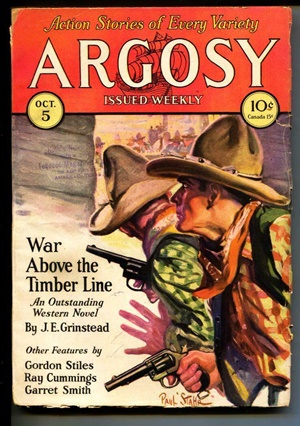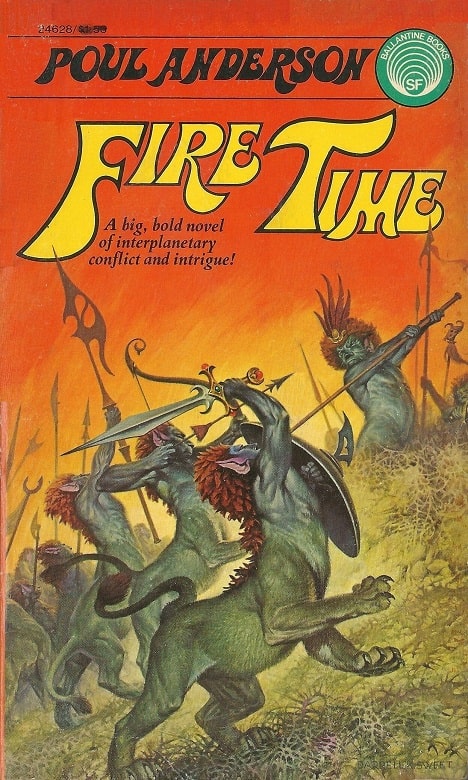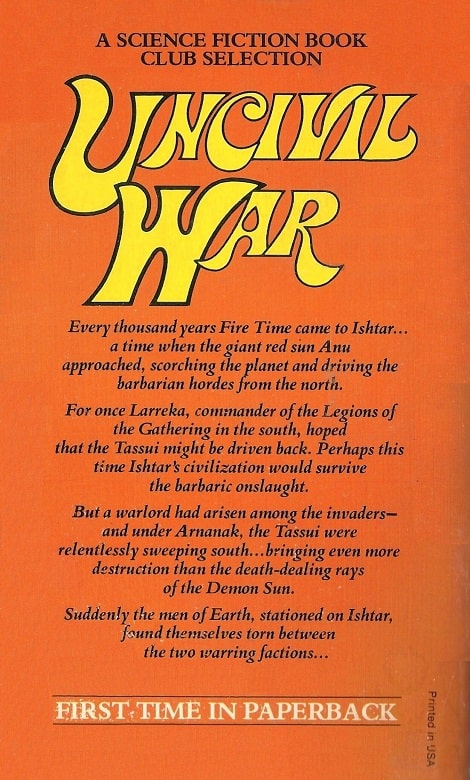New Treasures: The Best Science Fiction of the Year: Volume Seven edited by Neil Clarke
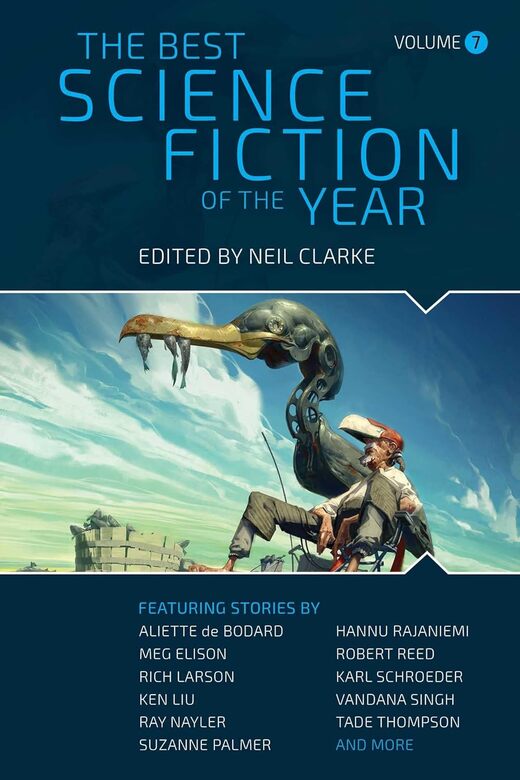 |
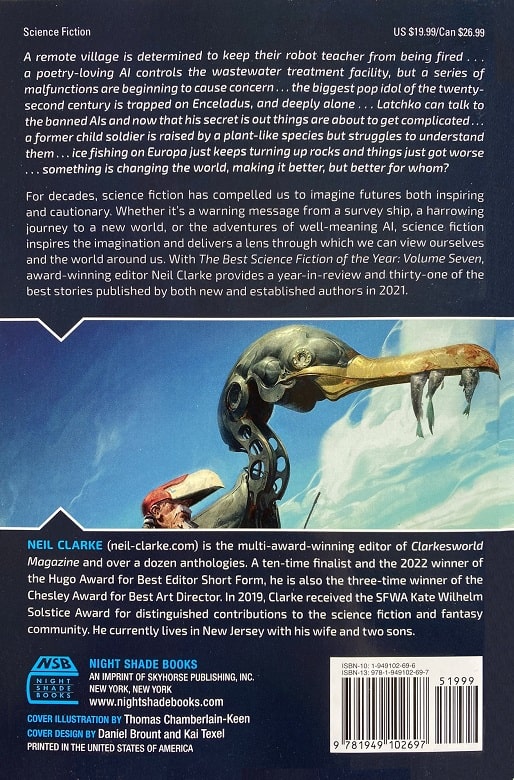 |
The Best Science Fiction of the Year: Volume Seven (Night Shade,
September 5, 2023). Cover by Thomas Chamberlain-Keen
It’s been distressing to watch the havoc the pandemic played with many Year’s Best Science Fiction volumes. The 13th volume of Rich Horton’s The Year’s Best Science Fiction & Fantasy, published by Prime Books, was delayed a year and produced in a digital only edition last year, and now that series seems to be dead. Jonathan Strahan’s The Year’s Best Science Fiction (Saga Press) published its final volume in 2021.
And Neil Clarke’s The Best Science Fiction of the Year, Volume 7 (Night Shade Books), covering fiction from 2021, was delayed a year, and finally arrived last month. Volume 8 is still (supposedly) scheduled for release next month, but there’s no word on it from either the publisher or the editor, and I’m very concerned this series may be dead as well.
What does that leave us? The ninth volume of John Joseph Adams’ Best American Science Fiction And Fantasy (Mariner Books, co-edited with R. F Kuang) arrives next month, and seems to be going strong. Allan Kaster produced The Year’s Top Hard Science Fiction Stories Volume 7 (Infinivox) in June. And Paula Guran edited two: The Year’s Best Fantasy: Volume Two (Pyr, August 15), and The Year’s Best Dark Fantasy & Horror: Volume 4 (Pyr, coming October 24). So the situation isn’t totally dire. But to lose so many top-notch anthologies in rapid succession is a blow.
